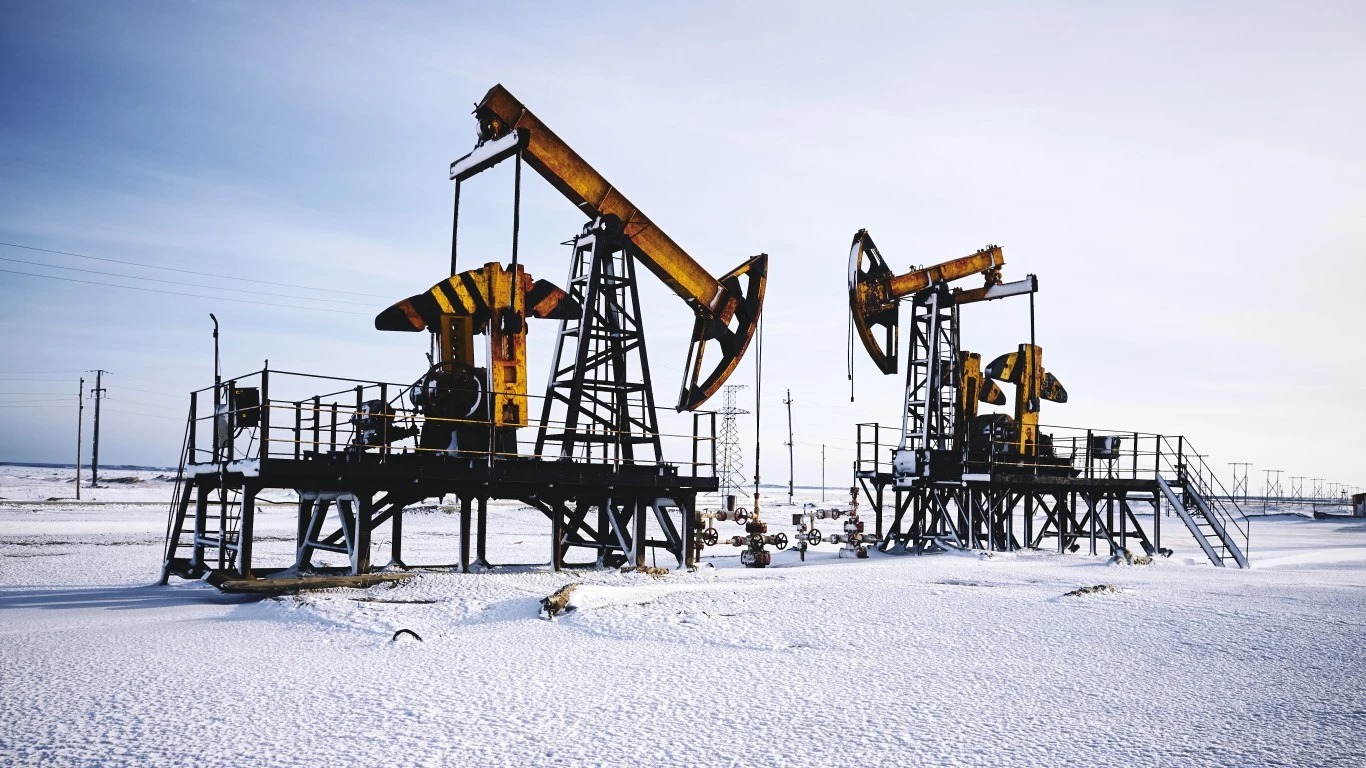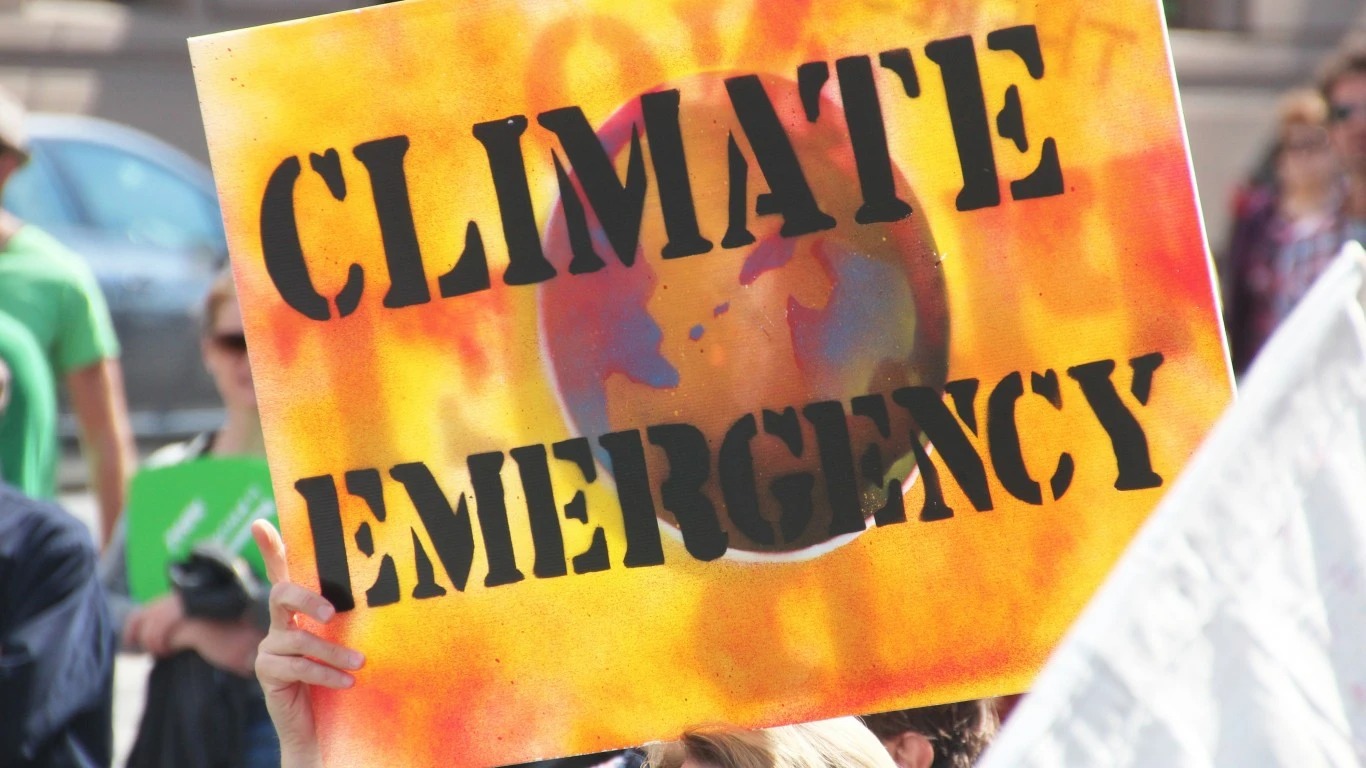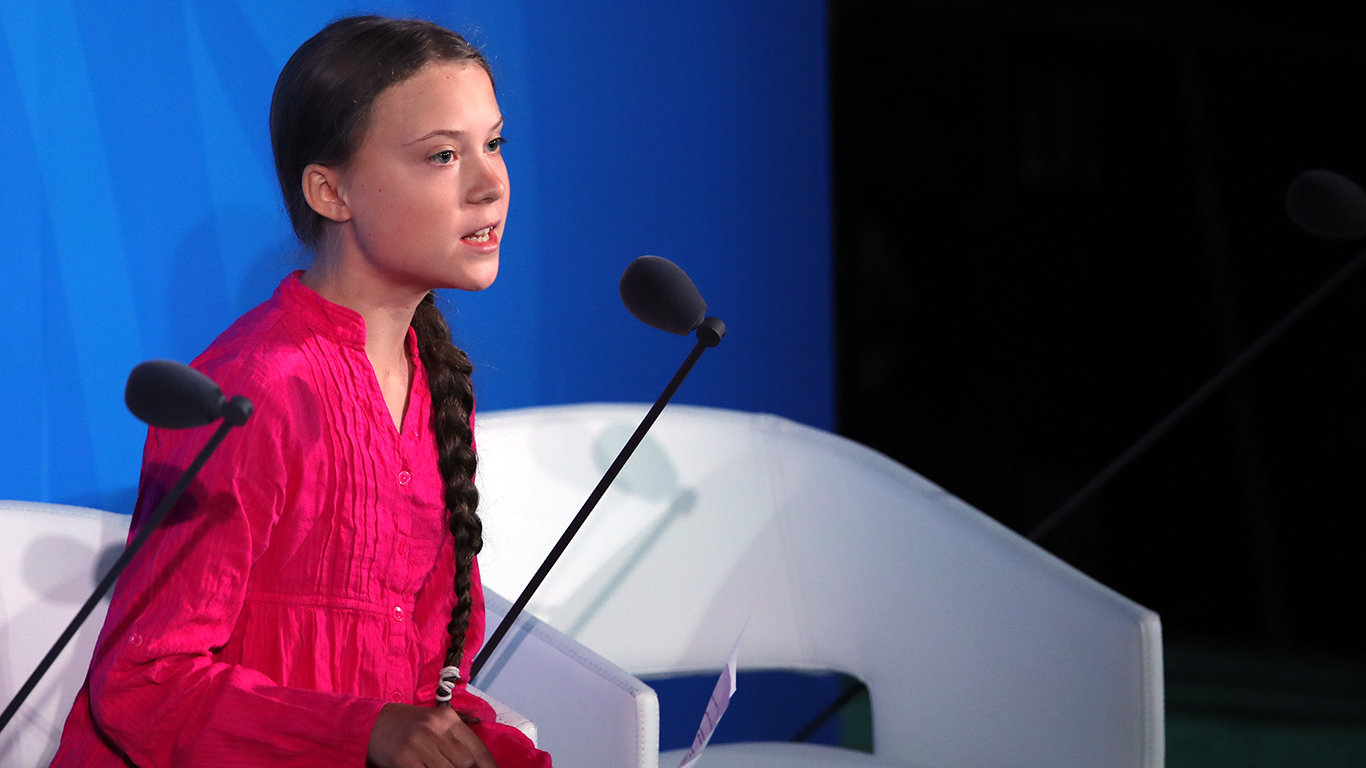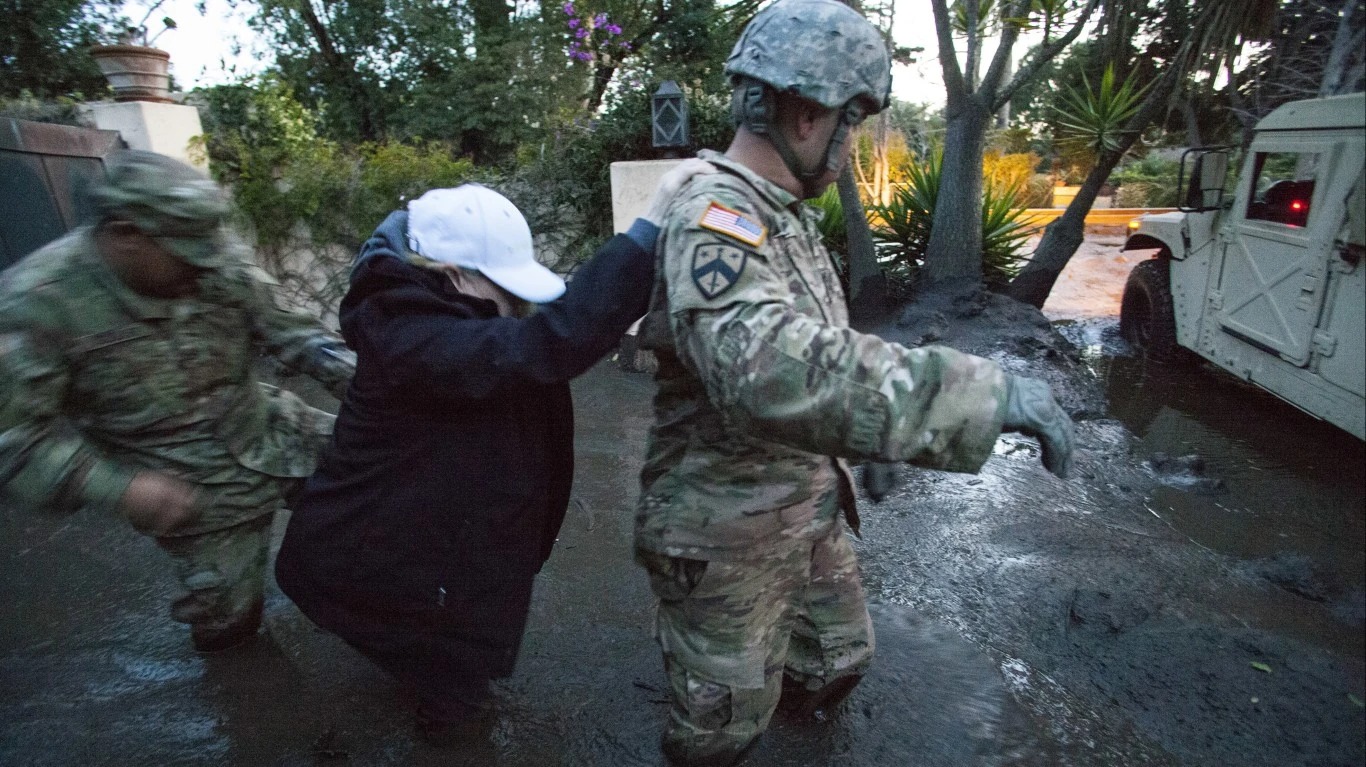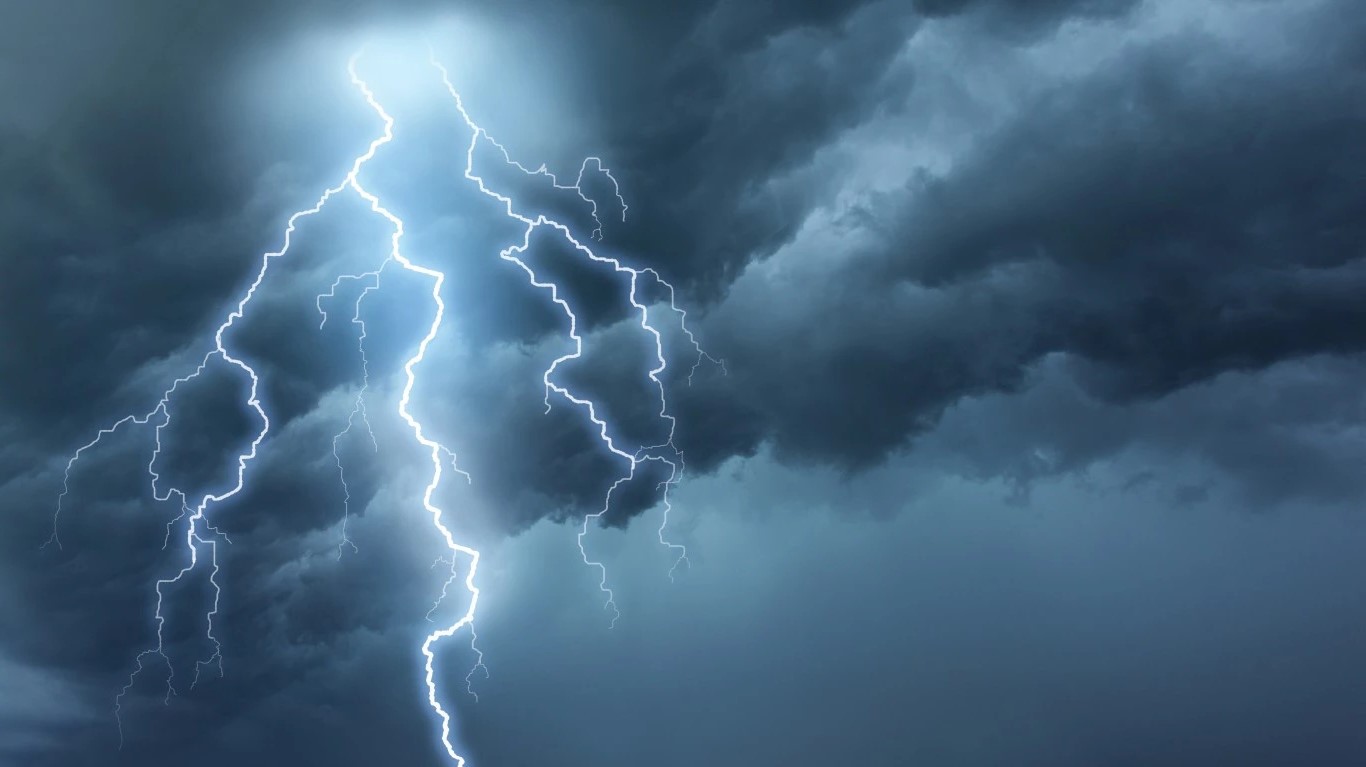Davos Man has changed in the past decade. He’s richer.
That’s about all though, as the annual summit of the 1% in the Swiss Alps has presided over a steady erosion in globalization that can be traced all the way back to the great financial crisis of 2008.
But few could resist the first meeting back in the snow since Covid, as record numbers turned out this week, with celebrities such as Sting hobnobbing with the usual Davos crowd of John Kerry, Anthony Scaramuchi, and others. And with little else to boast about, given the war, recession and global energy crisis, the topics have broadly focused on climate change, and the oil industry.
Already this week, we’ve seen a massive deal in Norway’s $1.3 trillion sovereign wealth fund, built on oil revenue, taking a 49% stake in Iberdrola’s Spanish renewables portfolio. We’ve seen oil giant Shell buy EV charger Volta for $169 million.
We’ve seen an oil executive take the reins of this year’s UN climate summit in Dubai. And we’ve seen climate celebrities from UN Secretary General António Guterres to activist Greta Thunberg go after fossil fuel interests in Switzerland and Germany.
The coming together of oil and climate interests will be messy and distasteful. But it needs to happen for us to achieve the reduction of emissions we need to save the planet. A decade from now, 2023 will go down as a pivotal year in that story, whereas what the elite predict this week in Davos will be forgotten.
More insights below . . . .
Shades of green: Funds slash ESG rankings on legal worries
. . . . Confusion over new European Union sustainable rules for funds and ETFs as they take effect this month portends a difficult period for the U.S. fund industry when new corporate disclosure rules hit later this year, writes Mark Hulbert. The EU’s Sustainable Finance Disclosure Regulation (SFDR) requires funds to rank themselves based on their sustainability, but lack of reporting standards among the companies inside those funds adds to the confusion and has caused several funds to lower their rankings to avoid potential legal troubles tied to greenwashing. Hulbert likens the issue to the furor over the ‘organic’ label on foods in the U.S., and says there is only one thing investors can do. . . .
This week’s subscriber-only insights
Solar installation projections on the upswing for first time in two years
. . . . It’s been a rough few years for solar installations, as Covid, trade problems with China and local U.S. subsidy challenges hold back consumer demand. But solar stocks began taking off in the fourth quarter and now we know why. Installations are projected to rise in 2023 as relations with China ease, supply chain issues improve, and the Inflation Reduction act subsidies hit. Not quite sunny days ahead but a harbinger for renewables, and investors. Read more here. . . .
. . . . The Biden Administration made a big push into starting the U.S. offshore wind industry last year, but hostility from locals in the Northeast and West Coast, and — ironically — from environmentalists concerned about the turbines impacts on sea life, are holding projects back, and widening the gap between the U.S. wind industry and its competitors in Northern Europe. Read more here. . . .
. . . . Red state Republican leaders opened two new fronts in their culture wars on Wall Street this week as attorneys general from 21 states asked proxy advisers ISS and Glass Lewis to clarify their positions on advising clients to vote for sustainable initiatives, and as Texas said it might kick Citigroup out of its municipal bond market for its stance against firearms.
The culture wars will be a defining part of the U.S. climate story this year but will likely have more impact on the red states then on Wall Street. BlackRock $BLK Chief Larry Fink said this week in Davos that while $4 billion came out of its funds from red states opposed to its climate policies last year, more than $400 billion came in from other sources. And an environmental study last week said the competitive costs of kicking banks out of local municipal and pension markets could cost local taxpayers up to $700 million in higher interest costs from the remaining bank bidders.
At some point, someone is going to realize that the cost of God, guns, and gas stoves at the expense of green is going to add up to political trouble. . . .
Editor’s picks: Clean energy value chain; hydrogen patents signal shift to clean tech
Great visual by the @IEA on manufacturing capacity across sectors and throughout the clean energy value chain. Besides showing the major role of China, this graph also underscores areas where Europe and/or the United States have a strong foundation to build on going forward. pic.twitter.com/2TtMPSqyZf
— Nikos Tsafos (@ntsafos) January 16, 2023
Hydrogen patents signal shift to clean tech
Hydrogen technology development is shifting toward low-emissions solutions such as electrolysis, according to a joint study of patents by the European Patent Office and the International Energy Agency. A report from the IEA quotes Executive Director Fatih Birol as saying, “Hydrogen from low-emissions sources can play an important role in clean energy transitions with potential to replace fossil fuels in industries where few clean alternatives exist, like long-haul transport and fertilizer production. This study shows that innovators are responding to the need for competitive hydrogen supply chains, but also identifies areas — particularly among end-users — where more effort is required. We will continue to help governments spur innovation for secure, resilient and sustainable clean energy technologies.”
Break me off a piece of that recyclable paper
Nestlé, the parent company of KitKat, is running a test of compostable and recyclable paper packaging for their chocolate bars. According to a report in Environmentlleader.com, the pilot is exclusive to Coles supermarkets in Australia and is part of Nestlé’s efforts to reduce plastic waste by moving away from single-use plastic packaging. The pilot program will feature KitKat bars wrapped in recyclable paper packaging. The company says the initiative could save 1,900 tonnes of CO₂ emissions annually if it expanded beyond Australia.
Fighting fire with knowledge
Electricity-utility ignited wildfires increasingly threaten communities in California, the American West, and around the globe as climate change accelerates dry conditions. The author of the article Fight Utility Wildfire with Knowledge Management, published in Duke Environmental Law & Policy Forum, Vol. 33, No. 2, 2023, offers a unique contribution to the legal, safety, energy, and environmental fields by arguing that electric utility knowledge management is a key wildfire risk driver that corporations and regulators must address. From the abstract: “Knowledge management focuses on creation, transfer, analysis, and utilization of knowledge to foster understanding and decision-making. Knowledge management is critical to vegetation management, the primary ignition source for utility-caused wildfires in California. Through a case study of the 2020 Zogg Fire ignited by Pacific Gas & Electric $PCG , this article examines electric utility knowledge management through doctrinal examination of electric utility statutes, regulations, PG&E’s federal criminal probation record, and normative recommendations informed by process safety standards. Author: Catherine J.K. Sandoval, Santa Clara University School of Law.
Words to live by . . . .
“We learned last week that certain fossil fuel producers were fully aware in the 1970s that their core product was baking our planet. Just like the tobacco industry, they rode rough-shod over their own science. Big Oil peddled the big lie. And like the tobacco industry, those responsible must be held to account.” — UN Secretary General António Guterres, speaking at the World Economic Forum in Davos on Wednesday.
